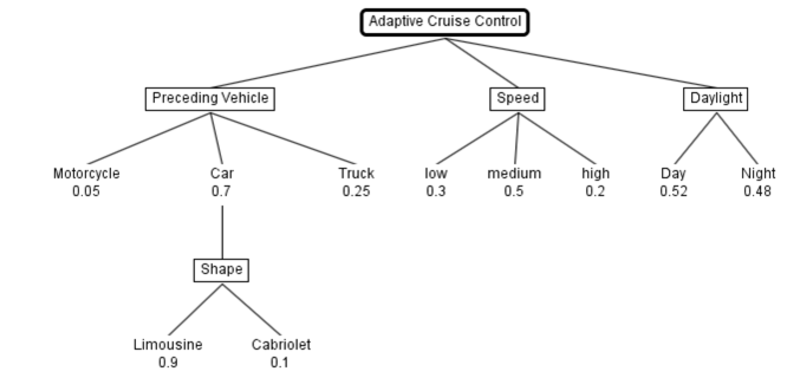SYSTEMATIC TEST CASE DETERMINATION WITH CLASSIFICATION TREES
In the early 1990s Daimler’s R&D department developed the Classification Tree Method (CTM) for systematic test case development. The new millenium brought about an enhancement of this method. For a while now Expleo has been pushing the methodical and technical advancement.
The basic idea of the classification tree method is to separate the input data characteristics of the system under test into different classes that directly reflect the relevant test scenarios (classifications). Test cases are defined by combining classes of the different classifications. The main source of information is the specification of the system under test or a functional understanding of the system should no specification exist.
The method divides test case design into two significant phases:
The identification of relevant factors involves the determination and structuring of the relevant test scenarios and their interrelations to other parts of the system under test.
The test specifications combine the relevant factors needed in order to achieve the desired test coverage.

The classification tree editor TESTONA is a powerful tool for applying the Classification Tree Method, developed by Expleo. This context-sensitive graphical editor guiding the user through the process of classification tree generation and test case specification. By applying combination rules (e. g. minimal coverage, pair and complete combinatorics) the tester can define both test coverage and prioritization. Based on these combination rules the test cases are then being generated automatically.
Besides the well-engineered method and the large number of users, other prominent features of TESTONA are the good usability, the wide range of applications and the open interfaces of the tool.
MORE ABOUT THE CLASSIFICATION TREE METHOD
- Wikipedia-entry about the classification tree method
- Articles about software testing on Systematic Testing